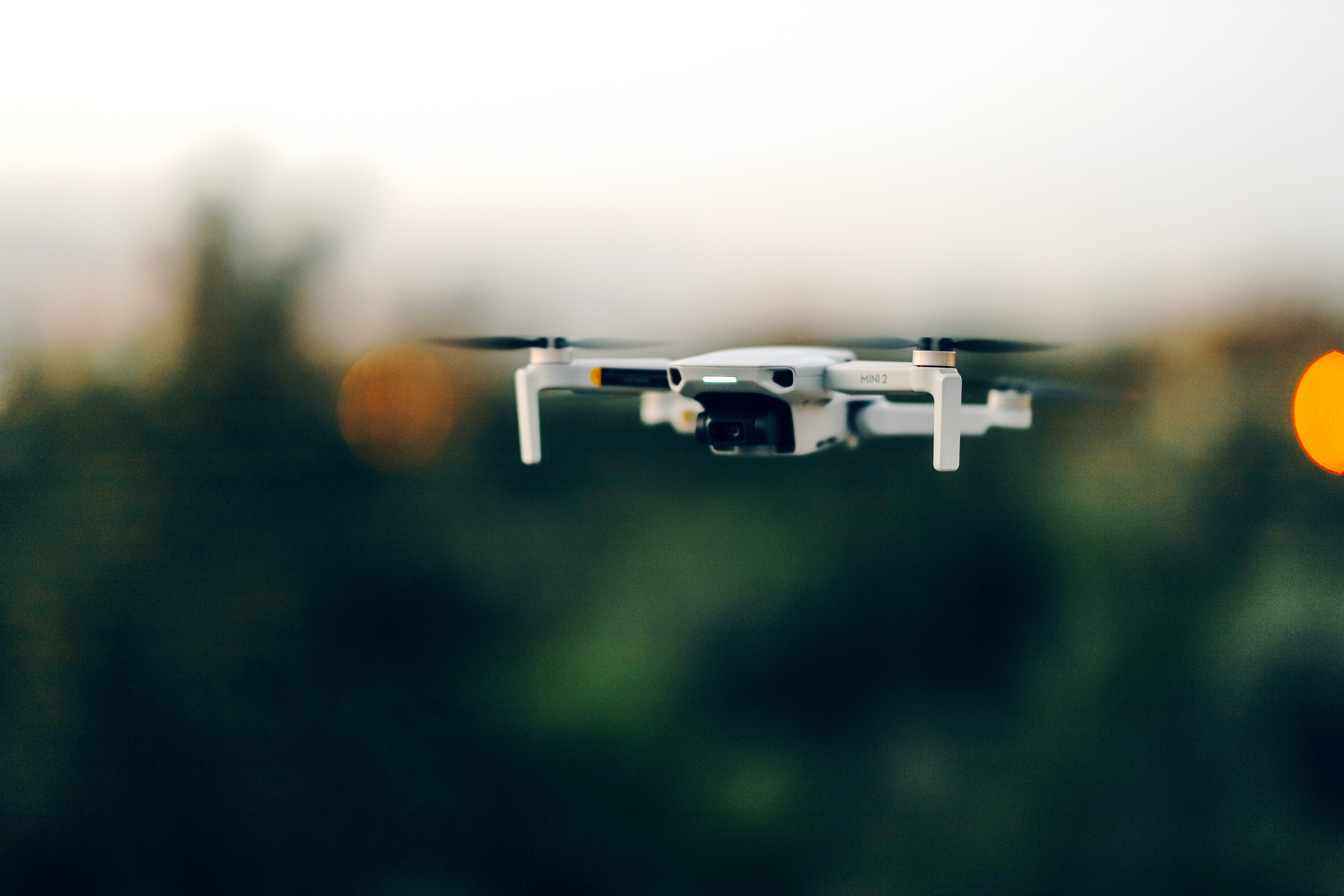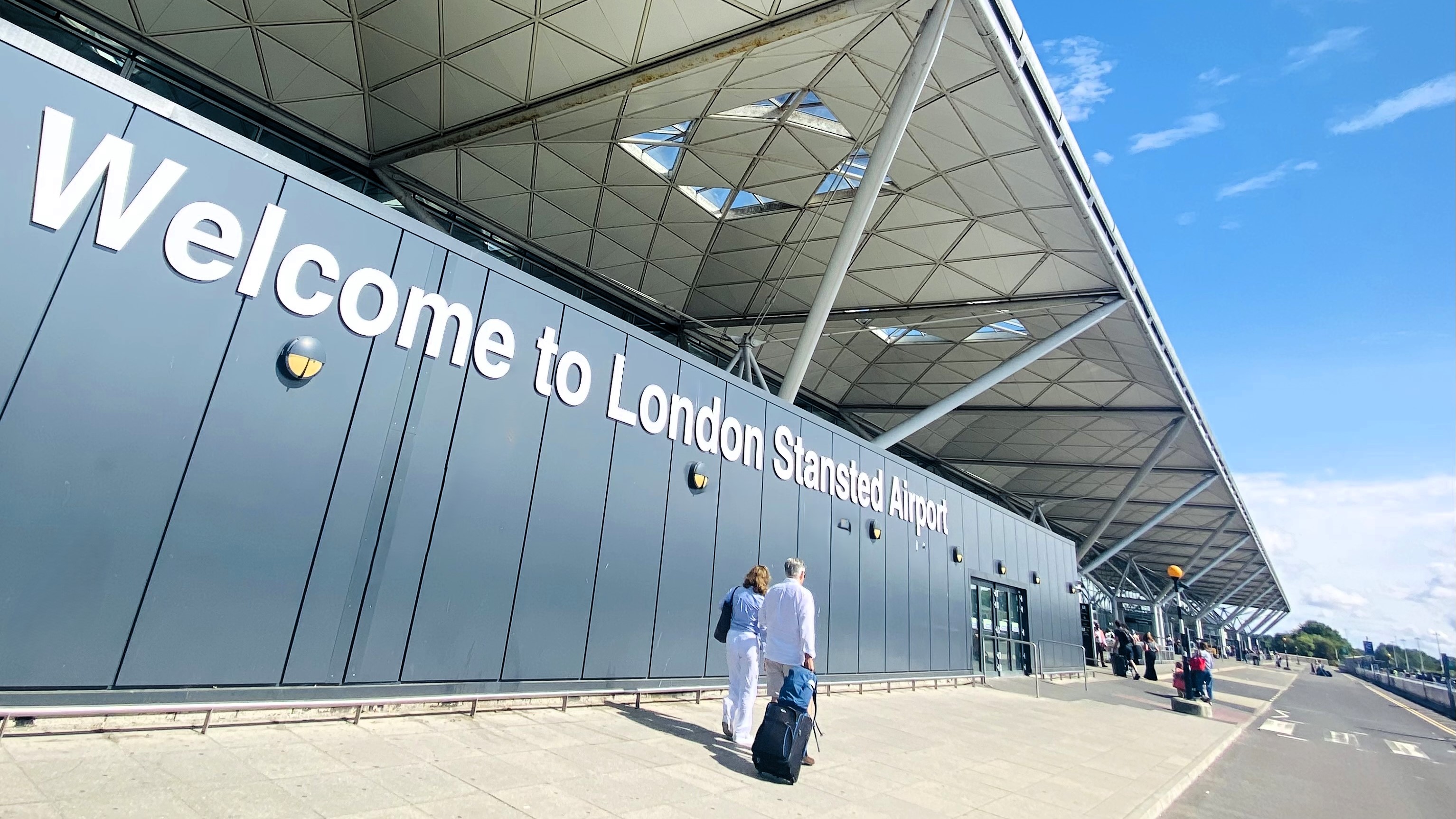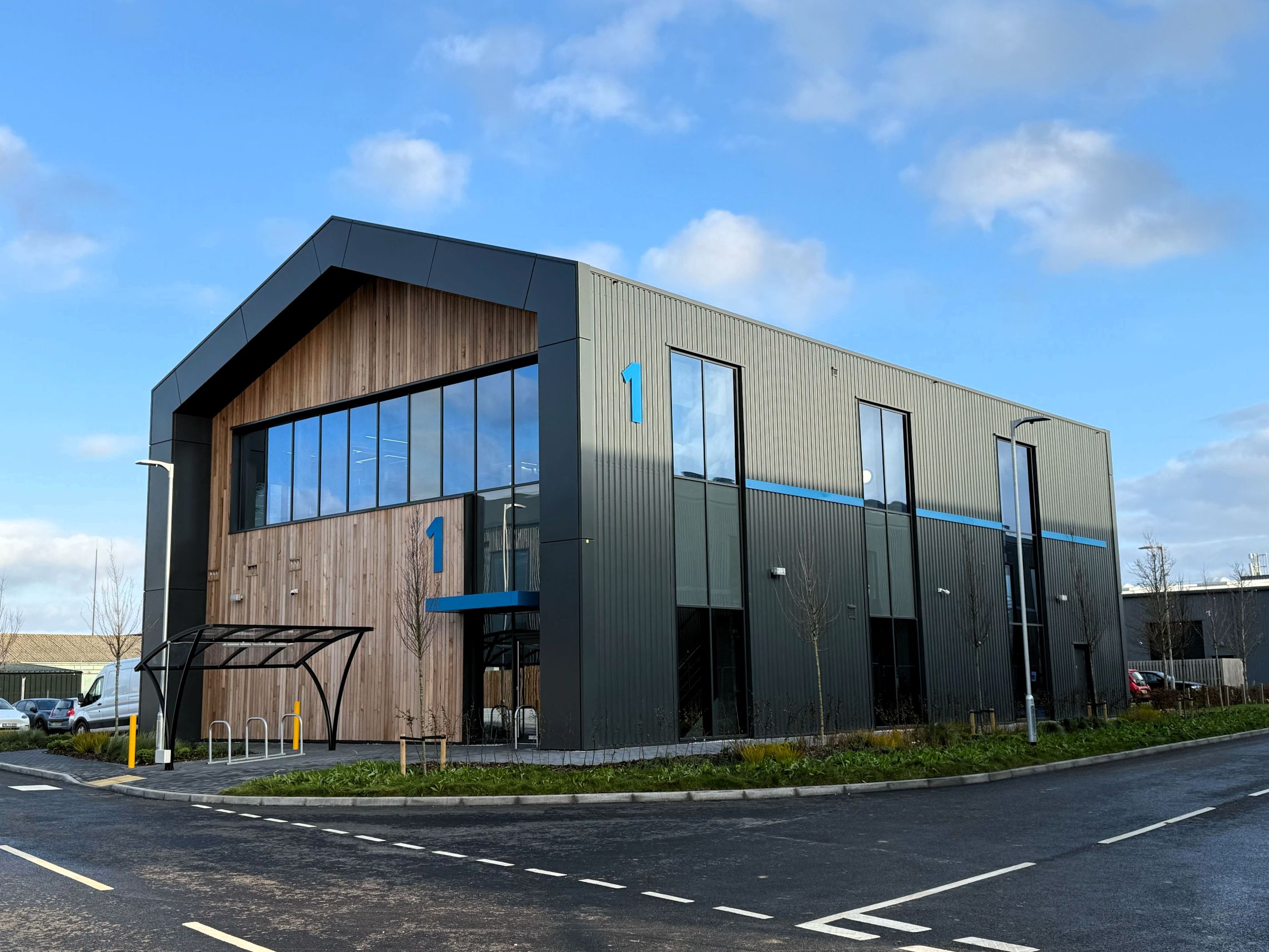Project HADO set to integrate advanced air mobility into airport operations

Above:
Project HADO was developed with a clear mission in mind: enable multiple drones to operate beyond visual line of sight (BVLOS). Using a wide range of technologies, including drone surveillance systems and sophisticated unmanned aerial systems (UAS) traffic management products, this project seeks to bring countless benefits to global markets.
Courtesy OSL
Project HADO will see sensors and systems – originally deployed as counter-drone measures – to be used in performing controlled critical operational and security tasks.
The controlled use of drones to support an airport’s operations opens up a multitude of potential use-cases for tasks traditionally carried out in a car, truck, or on foot. For example, runway inspections, perimeter security patrols, wildlife management, and emergency response, or even journeys to and from the airport in so-called sky taxis. All could be done more quickly, more frequently, more cost-effectively and in a more environmentally friendly way by electric drones rather than petrol or diesel-engine vehicles.
The interest and opportunity is there, too, as highlighted in McKinsey’s report on advanced air mobility (AAM) – a term used to describe new automated flight technologies like uncrewed aerial vehicles (UAVs) and sky taxis, that carry out short-range missions in urban and rural locations. It notes that while flying taxis and cargo-delivered drones are still some way away, the $4.8 billion invested in AAM in 2021 and the $1.2 billion in the first months of 2022 is a sign of growing momentum in the sector.
Airports already have existing surveillance technology and air-traffic control (ATC) staff to manage operations, making them the logical place to trial new AAM solutions. Yet in many ways this also makes them a uniquely challenging environment in which to introduce new flight technologies.
This is because the airspace around airports is very accurately monitored using primary and secondary radar, ADS-B transponders and Wide Area Multi-lateration), which are designed specifically for crewed aircraft. Electric drones, on the other hand, are much smaller and slower than traditional aviation, so cannot be reliably tracked by existing primary radars.
It is also unlikely Air Traffic Controllers, whose high-pressure, highly skilled role is already strongly regulated and highly procedural, would want UAVs showing on their screens when they already have to make numerous safety-critical decisions in real-time. What’s more, because it is in its infancy, regulations and procedures for managing AAM operations around airports simply do not exist yet.
However, there is way to manage AAM operations that several airports around the world have already implemented. It involves using novel surveillance equipment like short-range, high-resolution radars, high-definition EO cameras, and radio-direction finders. In other words, technology that was first adopted by airports to detect and track unusual objects in their airspace – namely, rogue drones.
Heathrow has led the way by deploying arguably the most comprehensive drone detection system of any airport. As a result, advanced Holographic Radars from Thales' company Aveillant, now form a key part of the full solution deployed in partnership with OSL. Counter-drone surveillance has also been deployed at other airports including Gatwick, Paris Charles de Gaulle, Auckland and Singapore Changi.
In almost all cases, airports operating advanced airport surveillance systems to protect themselves from ‘bad’ drones, can also use them to help manage ‘good’ drones, which is a key aspect of Project HADO applications being developed at Heathrow.
Project HADO is first focusing on AAM traffic inside the airport boundary, with the aim of extending surveillance beyond the perimeter to monitor non-traditional aircraft approaching or departing the airport that standard ATC surveillance technology cannot detect. This approach to AAM surveillance already has the building blocks in place in many airports, so integrating it to provide a complete air surveillance picture is easier than trying to adapt existing ATC systems to detect AAM traffic.
Traditional air surveillance at airports has served us well and kept us safe on our travels for decades. However, a different approach is needed for AAM traffic and fortunately, for some major airports the foundations are already in place.










